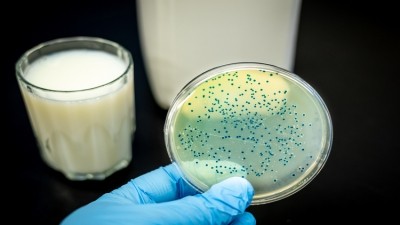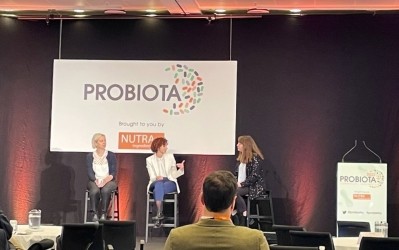Probiota video: Fermented foods learnings “tip of the iceberg”
This content item was originally published on www.nutraingredients.com, a William Reed online publication.
At this year’s Probiota in Copenhagen, Professor Paul Cotter, Head of Food Biosciences at Teagasc, took part in a panel discussion along with Bruno Pot, Science Director Europe at Yakult Europe and Maciej Krol, Fermenter and Founder of mac.ferments, to explore how stakeholders work together more to fill the knowledge gaps, bring new fermented foods to market, and build the science to support the benefits.
NutraIngredients caught up with him afterwards to find out more about latest developments in fermented foods, and where the opportunities lie for the market in the future.
More to learn
Professor Cotter believes there’s still a huge amount to learn when it comes to fermented foods.
He says: “We’re really just at the tip of the iceberg as far as I’m concerned.”
Although there has been some research, much of it hasn’t been in any great deal of depth, according to Cotter.
“There’s maybe been some basic studies, but no microbiome analysis so really not fully appreciating what’s in there or fully harnessing those foods for broader society,” he adds.
Cotter believes that it’s of critical importance that this is done, citing milk kefirs as an example.
He says: “Some milk kefirs are good at reducing cholesterol, others we think are good at addressing gut-brain issues and anxiety, but if you don’t happen to have the right one in your kitchen you’re not benefiting from it.
“So what we’re proposing is that by carrying out in-depth investigations of the microbiomes and the metabolites that they produce that you can get a better sense as to which foods have the right microbes for you and to make almost a personalised type of fermented food going forward for each person.”
Capturing the results
Capturing the results in a way that consumers understand is also of key importance, according to Cotter.
He explains: “It’s all well and good to do really complex OMEX analysis on these foods and other investigations as well, but unless you have the means of explaining to the consumer what are the benefits than you’re running into great difficulty.”
The message also needs to be simple, says Cotter.
“Fortunately because of the great explosion of interest in fermented foods in recent years as people have become more conscious of their immune system post-Covid and other things, we’re already pushing an open door,” he adds.
So consumers view fermented foods as things that are natural, that are low in preservatives, or at least contain natural preservatives.
He explains: “In terms of the health benefits I think we need to have simple messaging but first of all do the good science that underpins that.”








